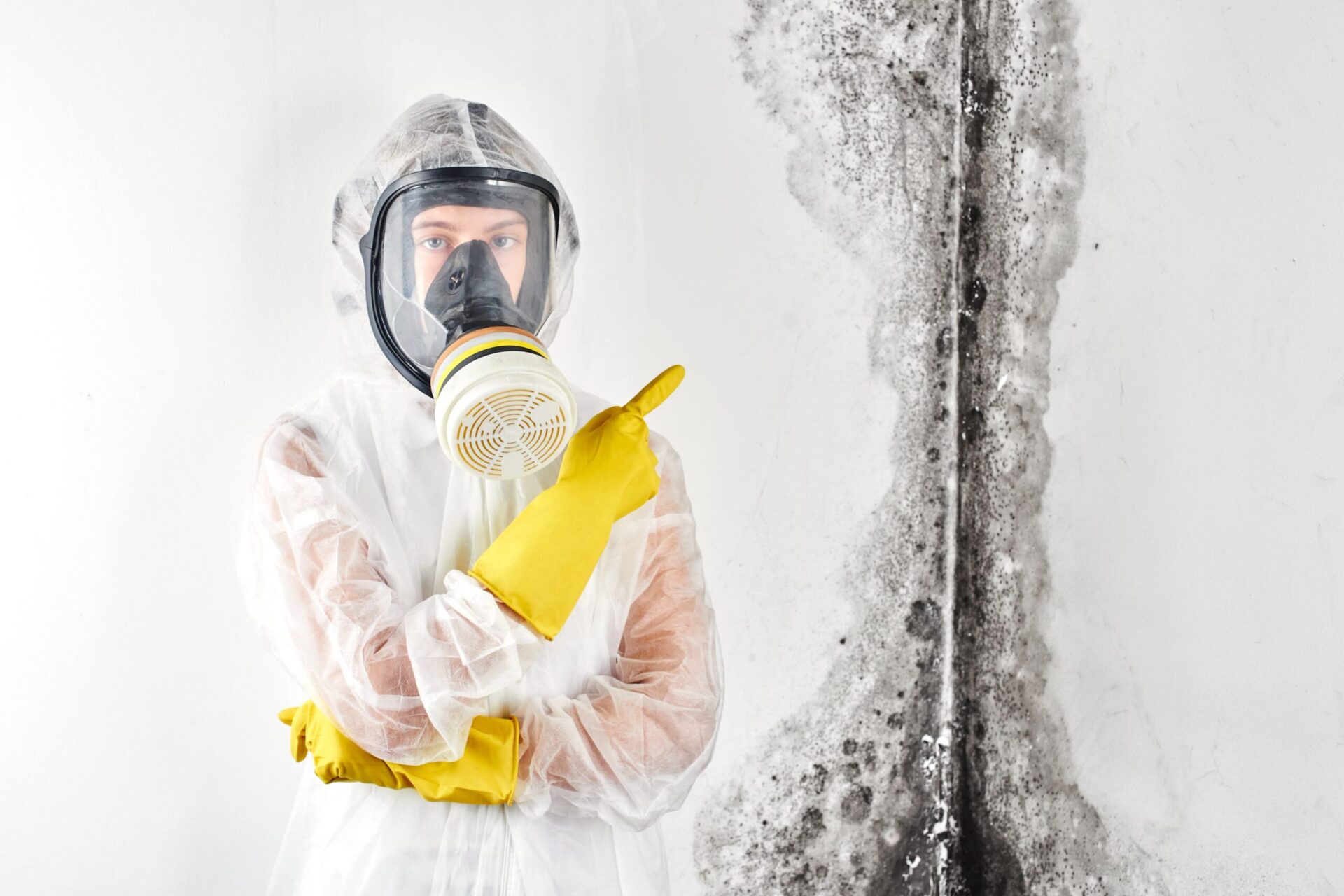Mould is a common issue in the Central Coast’s humid climate, affecting homes, offices, and businesses. While removing mould is essential for a healthy living environment, many residents wonder: Is mould removal safe?This guide explores the dangers of mould exposure, the safety of mould removal methods, and why hiring Central Coast mould experts is the best way to ensure safe and effective Central Coast mould removal.

Understanding Mould and Its Risks
What Causes Mould in Central Coast Homes?
Mould thrives in areas with high humidity, poor ventilation, and water leaks. Common causes include:
- Leaky roofs, pipes, or windows
- Poor ventilation in bathrooms and kitchens
- Flooding or water damage
- High indoor humidity levels (above 50%)
Health Risks of Mould Exposure
Mould spores can become airborne, leading to serious health issues, especially for children, the elderly, and those with respiratory conditions.
Common Symptoms of Mould Exposure:
-
Respiratory Issues – Wheezing, coughing, and shortness of breath
-
Allergic Reactions – Sneezing, itchy eyes, and skin rashes
-
Asthma Flare-Ups – Increased asthma attacks in sensitive individuals
-
Headaches & Fatigue – Prolonged exposure can cause brain fog and tiredness
Property Damage from Mould
Beyond health concerns, mould can weaken structures and reduce property value. Common signs include:
-
Discoloured walls and ceilings
-
Peeling paint and wallpaper
-
Rotting wood and weakened drywall
Ignoring mould problems can lead to costly repairs, making timely Central Coast mould removal crucial.
Is Mould Removal Safe?
Mould removal is safe when done correctly using proper precautions. However, improper handling can lead to spore spread and health risks.
Safe vs. Unsafe Mould Removal Methods
| Method | Safe? | Why? |
|---|---|---|
| DIY Cleaning (Vinegar/Baking Soda) | Safe for small areas | Non-toxic and effective for minor mould spots |
| Bleach Cleaning | Unsafe | Can cause toxic fumes and doesn’t kill mould at the root |
| Scrubbing Dry Mould | Unsafe | Releases airborne spores, worsening exposure |
| Professional Mould Removal | Safe | Uses containment, HEPA filtration, and non-toxic treatments |
DIY vs. Professional Mould Removal: Which is Safer?
While DIY methods can work for small, surface-level mould, they aren’t recommended for widespread infestations. Central Coast mould experts use advanced equipment and techniques to ensure safe removal.
Risks of DIY Mould Removal:
- Spore Spread – Scrubbing can release spores into the air
- Ineffective Treatment – DIY methods often don’t address underlying moisture issues
- Health Risks – Handling toxic mould without protective gear can be dangerous
Why Choose Professional Central Coast Mould Experts?
- Advanced Detection – Identifies hidden mould sources
- Safe Removal Techniques – Uses containment zones to prevent spread
- Eco-Friendly Solutions – Non-toxic, child- and pet-safe treatments
- Long-Term Prevention – Addresses moisture issues to stop mould regrowth
Step-by-Step Guide to Safe Mould Removal
Step 1: Identify the Mould Problem
Look for musty odours, discoloured patches, and moisture buildup in high-risk areas like:
- Bathrooms & Kitchens
- Laundry Rooms & Basements
- Air Conditioning Units & Windowsills
Step 2: Contain the Affected Area
To prevent spore spread, professionals use:
Plastic Sheeting & Tape – Seals off the room
Negative Air Pressure Machines – Pulls spores out of the air
HEPA Air Scrubbers – Captures airborne contaminants
Step 3: Mould Removal & Cleaning
Professionals use non-toxic treatments like:
- Biodegradable mould-killing solutions
- HEPA vacuuming for deep cleaning
- Antimicrobial sprays to prevent regrowth
Step 4: Air Purification & Sanitisation
After removal, the air is filtered using industrial-grade HEPA purifiers to ensure a clean and safe environment.
Step 5: Moisture Control & Prevention
To stop mould from returning, professionals:
- Install dehumidifiers to reduce humidity
- Improve ventilation in high-risk areas
- Recommend leak repairs and waterproofing
How Much Does Central Coast Mould Removal Cost?
Factors Affecting Cost:
- Size of Infestation – Larger areas cost more to treat
- Location – Hard-to-reach areas (inside walls, ceilings) increase costs
- Severity – Deep-rooted mould may require structural repairs
Preventing Future Mould Growth in Central Coast Homes
- Keep Humidity Below 50% – Use dehumidifiers and air conditioners
- Improve Airflow – Open windows and install exhaust fan
- Fix Leaks Promptly – Check for roof, pipe, and wall leaks
- Use Mould-Resistant Paint – Prevents growth on walls and ceilings
- Regular Cleaning – Wipe down damp areas and vacuum carpets
Conclusion
Mould removal is safe when handled correctly. DIY methods can work for small patches, but larger infestations require expert treatment. Central Coast mould experts ensure safe, thorough, and long-term Central Coast mould removal using eco-friendly solutions.If you suspect mould in your home, act quickly to protect your health and property. Contact a professional today for safe and effective treatment.
